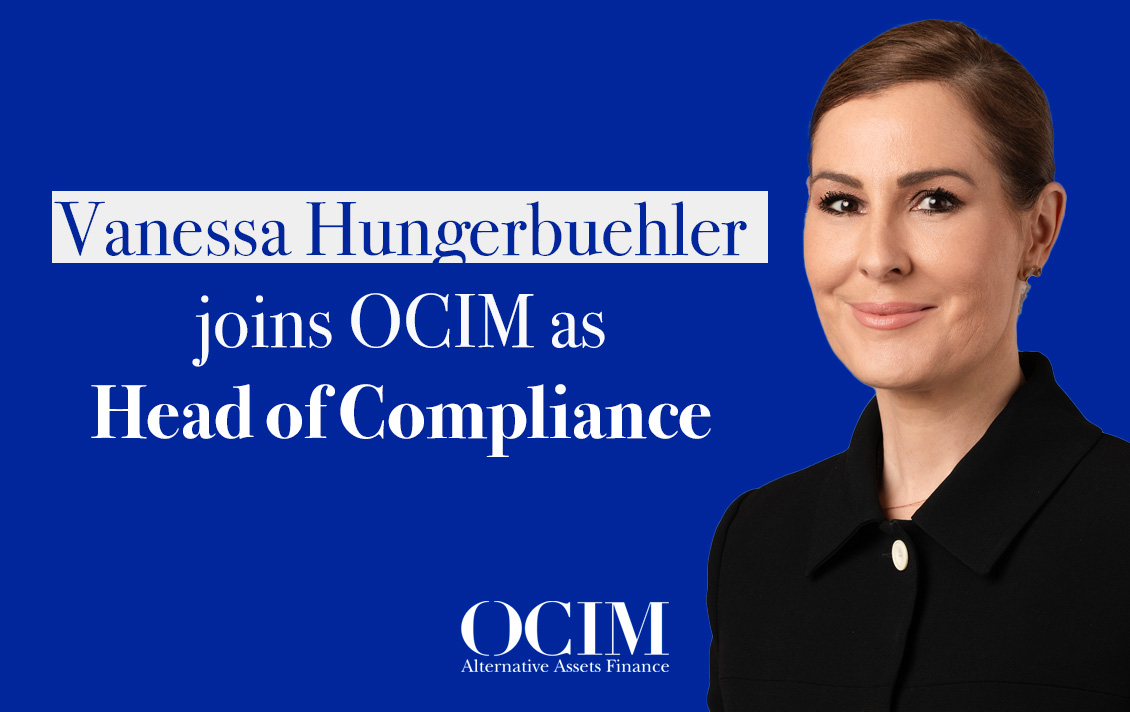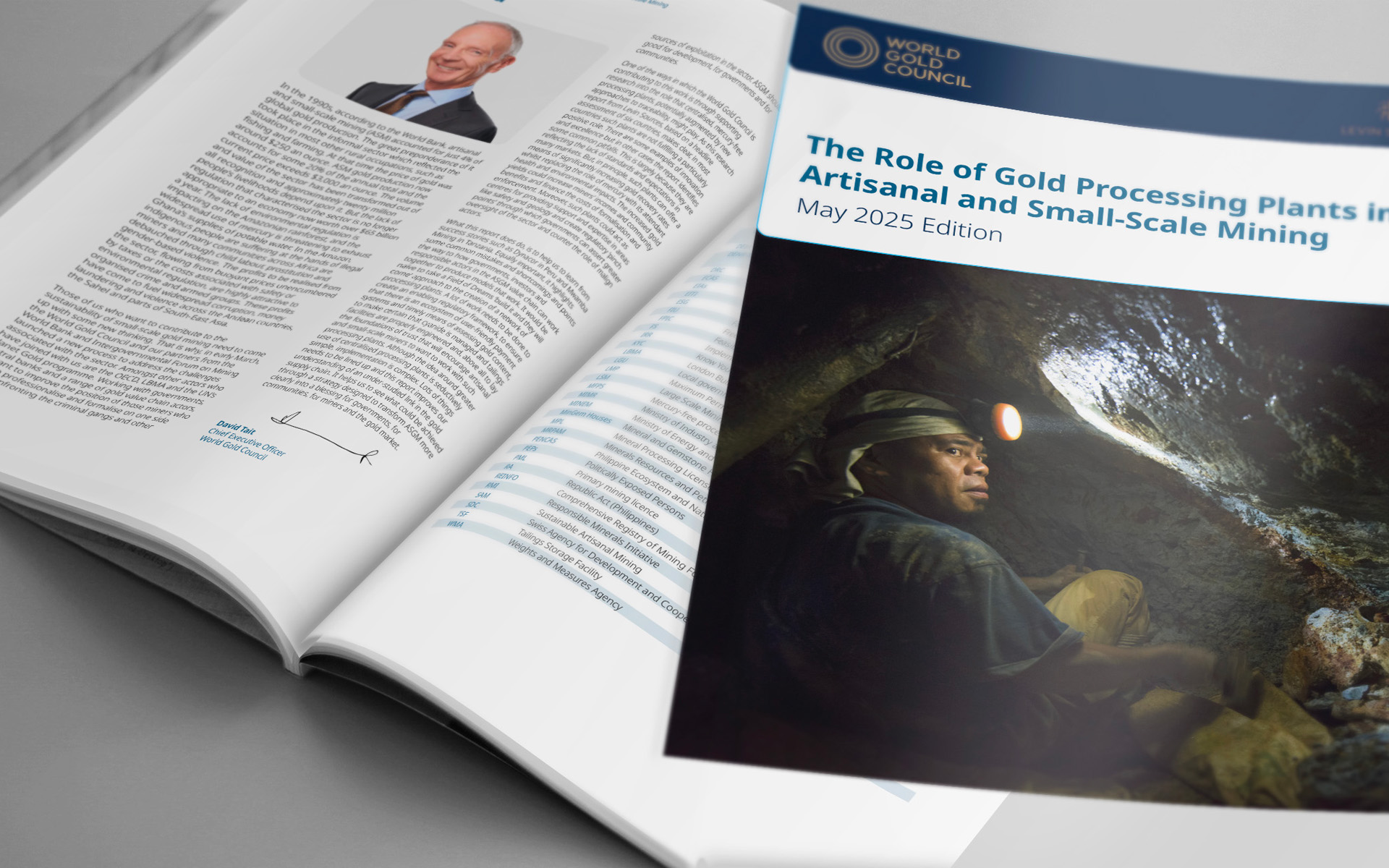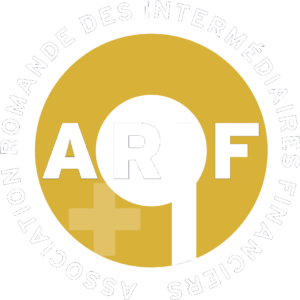PlanetGOLD: two years of projects for artisanal miners
On 30 March, 2021, PlanetGOLD held a videoconference as part of the Minamata Convention on Mercury. It was an opportunity to take a closer look at this ambitious and essential programme for the gold industry.
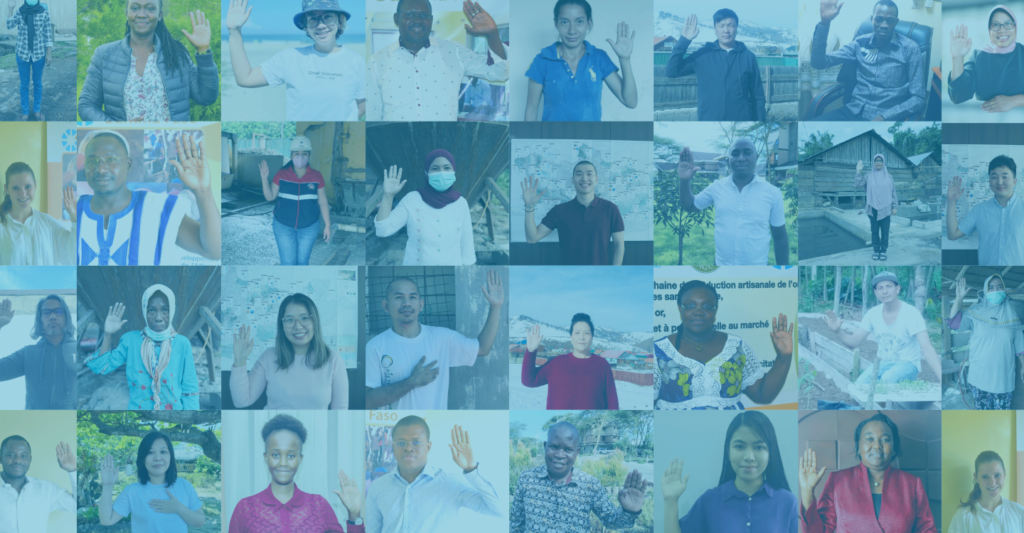
PlanetGOLD officially launched in 2019 at the Goldsmiths Center in London with the stated goal of making Artisanal and Small-scale Gold Mining (ASGM) safer, cleaner and more profitable. While the initiative is supported by the Global Environment Facility, led by the United Nations Environment Programme and implemented in partnership with the UN Industrial Development Organization, the UN Development Programme and Conservation International, the programme has also relied from the outset on a committee of external advisors made up of representatives drawn from stakeholders in the sector, both upstream (mining, processing, financing) and downstream (jewellery, technology industry).
“We bring to the programme our knowledge of this complex ecosystem and its mechanics. More specifically, we are providing suggestions and building the knowledge base necessary to help artisanal miners adopt practices that are consistent with the requirements of the gold value chain,” explained Miranda Werstiuk, Chair of planetGOLD’s External Programme Advisory Group and Director of Development at OCIM in Toronto.
From the beginning, PlanetGOLD has built its mission on 4 major projects with complementary features:
- Supporting efforts to integrate ASGM into the formal economy and enable its members to comply with regulations
- Introducing and facilitating access to mercury-free technologies and ASGM best practices
- Facilitating miners’ access to formal gold supply chains in partnership with end-buyers and industrial users
- Piloting a range of models for accessing investment and financing suited to small-scale miners and their communities
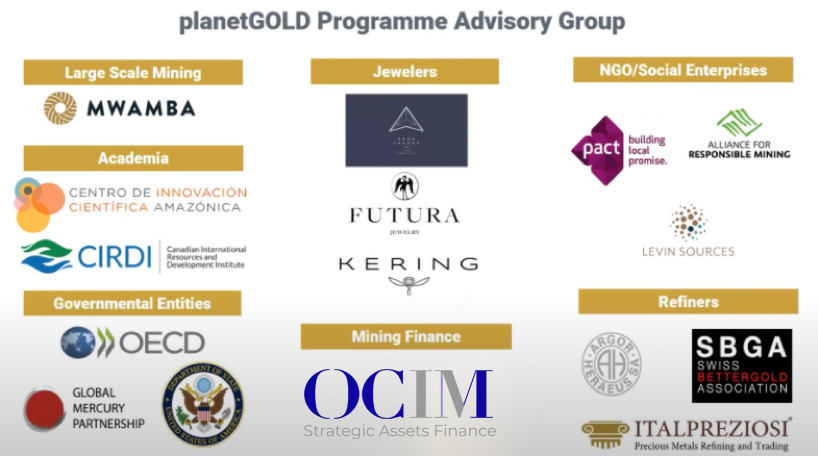
The programme has already been implemented in a first group of nine countries with the support of their respective governments: Burkina Faso, Colombia, Ecuador, Guyana, Indonesia, Kenya, Mongolia, Peru and the Philippines.
Two years in, the first concrete results, which were highly positive, led the promoters of this initiative to move on to a second phase, expanding efforts to eight additional countries: Bolivia, Ghana, Honduras, Madagascar, Nigeria, the Republic of the Congo, Surinam and Uganda. This is a welcome boost for a sector that accounts for 20% of the world’s gold production. That comes to approximately US$35 billion per year, and it is estimated that nearly 100 million people depend directly or indirectly on this activity for their livelihoods.

